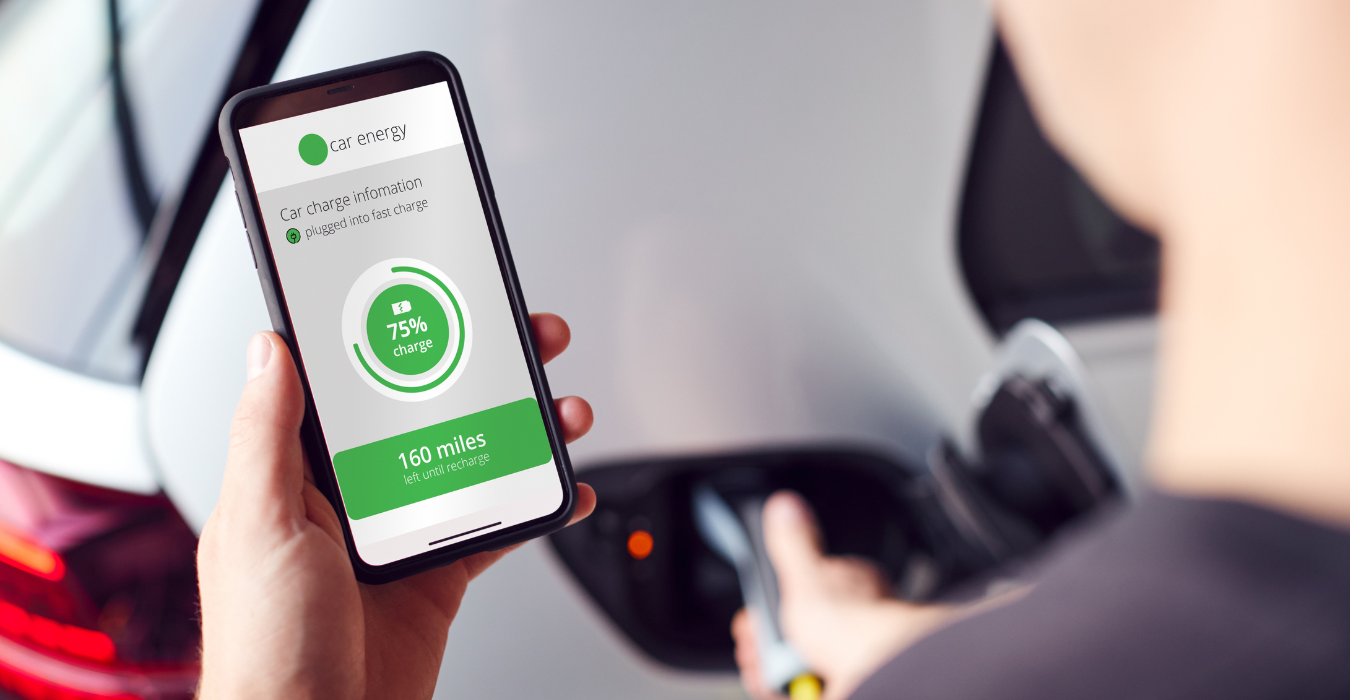How is the electricity used for EV charging settled?
A large proportion of people who drive EVs are business drivers who drive a company car. They want to pass on to their employer the cost of the electricity they have incurred using their own charging station at home to charge their EV. This can be done manually, but it is obviously more convenient if this process is automatic. This can be done by opting for a smart charging station.
Let's start with a slightly more cumbersome way of passing on to your employer the cost of the electricity you use at home to charge your company EV. If you have a charging station at home without an OCPP subscription, you can do this manually by having a kWh meter fitted to the group that supplies power to the charging station. You can read the consumption on this, which usually happens once a month. This is done in the same way as the kWh meter in the meter box that you read annually to pass on the electricity used to your energy supplier, at least if you don't have a smart meter. You then multiply the number of kWh by the rate you pay for the electricity, although you have to check whether this is off-peak electricity or not.
No subscription costs, but more hassle
Should you choose to manually keep track of the costs incurred at your home and declare them to your employer at the end of the month, you will have the advantage of not having to pay any subscription fees (around 5 euros per month) for your charging station, but you will have to buy a kWh meter. However, you often see that you can buy certain costs such as a kWh meter or an OCPP subscription at your employer's expense.
By the way, when buying a kWh meter, note that it must be MID-certified (MID = Measuring Instruments Directive). If your meter is MID-certified, you may use the kWh readings used for declarations. Some of the people who monitor consumption manually do so consciously to gain insight into consumption, but mostly it is simply a necessity because they opted for a (cheaper) charger without a subscription. So by choosing this set-up, you save money, but it does cost you time and effort.
Convenience serves man: automatic settlement with smart charger
If you don't want to have to worry about settling the 'refuelled' power with your employer, you can also opt for a smart charge post in combination with a charge card with charge management. It is then often the case that the employer pays both for the subscription and for the electricity you use to recharge your EV. Whether that is at work, at a public charging station or at home. The registration and settlement then takes place in a fully automatic manner. This offers several advantages. For example, you or your employer can quickly view the invoicing and crediting, which you do not need to worry about. You can also easily view your usage data via an app or in an online environment. You will also immediately have a charging card, which often allows charging at public charging points. But there are also disadvantages. As mentioned, you will have to pay the subscription costs if you have not agreed this properly with your employer. In addition, the charging station is generally slightly more expensive because it must be a smart charger that can handle OCPP software. Incidentally, it is smart to have both the charge card and the OCPP software registered in your employer's name. Then the settlement of the electricity used will take place fully automatically.






